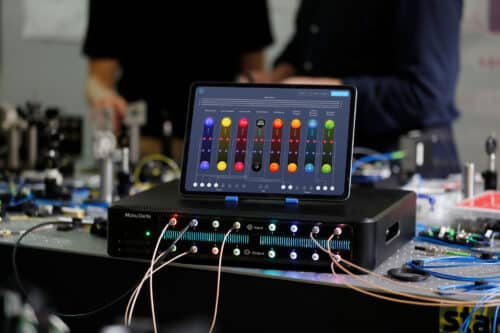The AI builds test systems from your words. Type what you need, and it sets up and runs everything—no coding or manual work required.

Liquid Instruments has introduced Generative Instrumentation, an AI-powered feature that lets engineers build and configure custom test instruments using natural language. Integrated into the upcoming release of MokuOS and powered by the new Moku:Delta hardware platform, this capability marks a significant shift from traditional, rigid test system design. Instead of wiring up complex setups or writing custom code, users can now describe what they need — and the system takes care of the rest.
By translating natural language into fully functioning test configurations, Generative Instrumentation simplifies and accelerates the setup process. It automates complex tasks, adapts to evolving test requirements, and even builds entirely new instrument capabilities directly on the FPGA for real-time, high-performance measurement and signal processing. This makes it easier than ever to create powerful, multi-instrument test systems tailored to your specific needs.
The result is faster setup, smarter workflows, and less time spent troubleshooting. Engineers can now focus on designing and testing, not configuring. Whether you’re debugging a prototype or running advanced signal analysis, Generative Instrumentation helps you get there faster. It delivers AI-driven customization and automation — all triggered by simple, human language prompts.
“We see a future where engineers and scientists describe what they want, and the instrument configures itself,” said Dr Rory Smith, Lead AI Instrumentation Engineer at Liquid Instruments. “Generative Instrumentation won’t just simplify everyday tasks — it will enable the creation of entirely new capabilities on demand, unlocking test setups that were previously impossible or impractical.”
“Moku:Delta’s leap in bandwidth and channel count is exactly what we’ve been waiting for. We’ve never had this level of flexibility and performance combined in a single platform,” said Associate Professor Francis Bennet, laser communication research group leader at the ANU Research School of Astronomy and Astrophysics. “With 2 GHz bandwidth and 8 analogue inputs and outputs, it delivers everything we need — all in one device.”








